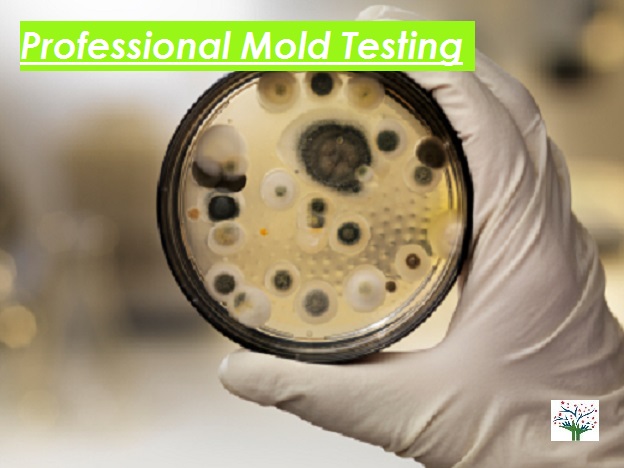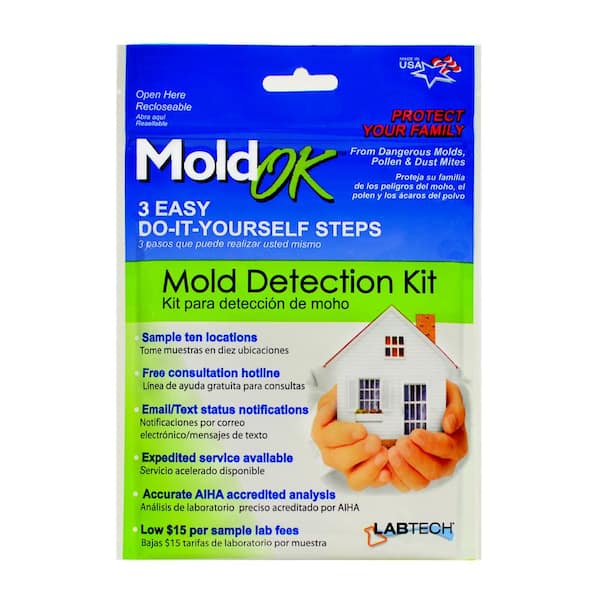Improve Your Security Protocols with Expert Mycotoxin testing Services
Improve Your Security Protocols with Expert Mycotoxin testing Services
Blog Article
Ensuring Compliance With Laws: the Function of Mycotoxin Checking in Quality Assurance
Making certain conformity with rigid guidelines is vital for preserving food safety and security, and the function of mycotoxin testing in quality assurance can not be overemphasized. Mycotoxins, poisonous substances produced by particular mold and mildews, position significant wellness dangers, making their detection vital in food production. Adherence to regulatory criteria, such as those established by the FDA and EU, requires durable testing approaches and innovations to identify and evaluate these pollutants. By implementing thorough screening procedures, firms can avoid potential health and wellness situations, prevent pricey recalls, and preserve customer count on. The complexities of these testing procedures raise crucial concerns regarding their efficiency and efficiency.
Comprehending Mycotoxins
Recognizing mycotoxins is basic to ensuring the high quality and security of farming items. Mycotoxins are poisonous secondary metabolites produced by certain types of fungis, frequently located in foods items such as flavors, nuts, and grains. These compounds can occur at different stages of the food manufacturing procedure, from pre-harvest to storage space, and posture substantial wellness threats to both humans and animals (Mycotoxin testing Services). One of the most infamous mycotoxins consist of aflatoxins, fumonisins, trichothecenes, and ochratoxins, each related to details environmental conditions and fungal species.
The presence of mycotoxins in food can result in persistent and acute wellness problems, consisting of liver damages, immune suppression, and carcinogenic effects. Their detection and quantification are crucial parts of high quality control in agricultural and food markets. The complexity of mycotoxin contamination requires a multifaceted technique, employing sophisticated logical methods such as fluid chromatography, mass spectrometry, and enzyme-linked immunosorbent assays (ELISA) By comprehending the resources, types, and impacts of mycotoxins, stakeholders in the farming industry can much better implement preventative procedures and alleviate threats, ensuring more secure usage for end-users. This understanding forms the bedrock whereupon reliable mycotoxin monitoring techniques are built.
Governing Standards for Mycotoxins
Having established a foundational understanding of mycotoxins and their effect on food security, it is crucial to assess the governing standards governing their presence in agricultural products. Regulatory standards for mycotoxins are necessary due to the fact that they define acceptable limitations, making sure food security and securing public wellness. Numerous worldwide and national agencies have established these restrictions based upon detailed danger evaluations.
The Codex Alimentarius Commission, an international body established by the FAO and WHO, offers guidelines and optimum permitted levels for different mycotoxins in food and feed. The Codex has established limitations for aflatoxins in peanuts, maize, and dried figs, amongst various other commodities. These standards are frequently adopted or adjusted by private countries to fit their details requirements.
In the European Union, Law (EC) No 1881/2006 specifies optimum levels for numerous mycotoxins, such as aflatoxins, ochratoxin A, and deoxynivalenol, in different food. In a similar way, the U.S. Food and Drug Management (FDA) has developed action degrees for mycotoxins like aflatoxins in products such as nuts and grains.
Adherence to these regulative standards is critical for preserving market access, customer trust, and public wellness. Non-compliance can result in substantial economic losses and wellness risks, highlighting the significance of rigorous mycotoxin testing procedures.
Testing Techniques and Technologies

ELISA is widely valued for its fast and economical screening capacities, making it suitable for high-throughput atmospheres. It counts on antibodies to find particular mycotoxins, providing outcomes in a relatively brief time frame. Its level of sensitivity may be restricted compared to a lot more sophisticated methods.
HPLC, on the various other hand, stands out in giving quantitative analysis with high precision and precision. It separates complicated mixtures into specific components, making it highly efficient for recognizing and quantifying multiple mycotoxins at the same time - Mycotoxin testing Services. This strategy, while extra resource-intensive and time-consuming than ELISA, offers a higher level of integrity

LC-MS stands for the peak of logical specificity and level of sensitivity. Incorporating the separation power of fluid chromatography with the discovery abilities of mass spectrometry, LC-MS can find even trace levels of mycotoxins. This method is crucial for confirming the presence of mycotoxins in forensic and regulative contexts, ensuring compliance with strict security requirements.
Carrying Out Checking Protocols

Integrating these advanced screening techniques right into a detailed quality assurance structure demands a well-structured strategy to carrying out testing methods. To accomplish this, organizations need to initially carry out a comprehensive danger assessment to identify potential mycotoxin contamination factors within the supply chain. This assessment educates the development of a tailored testing technique that deals with certain susceptabilities.
Next, establishing standard tasting treatments is essential. Regular sampling guarantees that test results are trustworthy and agent of the whole set (Mycotoxin testing Services). Abiding by standards from regulatory bodies, such as the FDA or EFSA, assists maintain conformity and improves the reputation of the screening process
Training personnel is an additional pivotal component. Staff has to be skilled in both sample collection and the procedure of screening devices. Normal training sessions and certification programs can guarantee that team members remain upgraded with the most up to date methods and governing changes.
Benefits of Mycotoxin Testing
Mycotoxin screening uses numerous advantages that considerably enhance the security go and high quality of food and feed items. Primarily, it functions as a vital control step to avoid polluted goods from reaching the consumer market, therefore safeguarding public health. By recognizing and evaluating mycotoxins such as aflatoxins, fumonisins, and ochratoxins, manufacturers can make sure that their items satisfy strict regulative criteria, therefore avoiding prospective lawful consequences and connected prices.
Furthermore, mycotoxin screening adds to the financial feasibility of food and feed sectors by lessening the danger of large item remembers. The capability to separate and detect infected batches early in the production process reduces waste and avoids the monetary losses linked with broken brand online reputation. Furthermore, it cultivates customer count on and loyalty, as customers are progressively knowledgeable about food safety concerns and demand better requirements.
The application of routine mycotoxin screening also advertises ideal methods within farming and manufacturing industries. By sticking to strenuous testing methods, business can maximize their top quality control procedures, boost functional effectiveness, and make certain the consistent production of risk-free, premium items. In conclusion, the advantages of mycotoxin testing are complex, contributing to public health, economic security, and industry stability.
Conclusion
Mycotoxin screening is critical in ensuring conformity with regulatory criteria, therefore keeping food security and quality control. Hence, mycotoxin screening continues to be an indispensable part of contemporary food security administration systems.
Making certain compliance with stringent regulations is critical for keeping food security, and the duty of mycotoxin screening in high quality control can not be overemphasized.In the realm of mycotoxin screening, progressed techniques and technologies are essential in making sure food safety and security and regulative compliance.Mycotoxin testing uses various benefits that substantially boost the safety and security and top quality of food and feed items.Mycotoxin testing is important in guaranteeing conformity with governing criteria, thereby keeping food safety and security and top quality control. Therefore, mycotoxin testing remains an important element of modern-day food safety administration systems.
Report this page